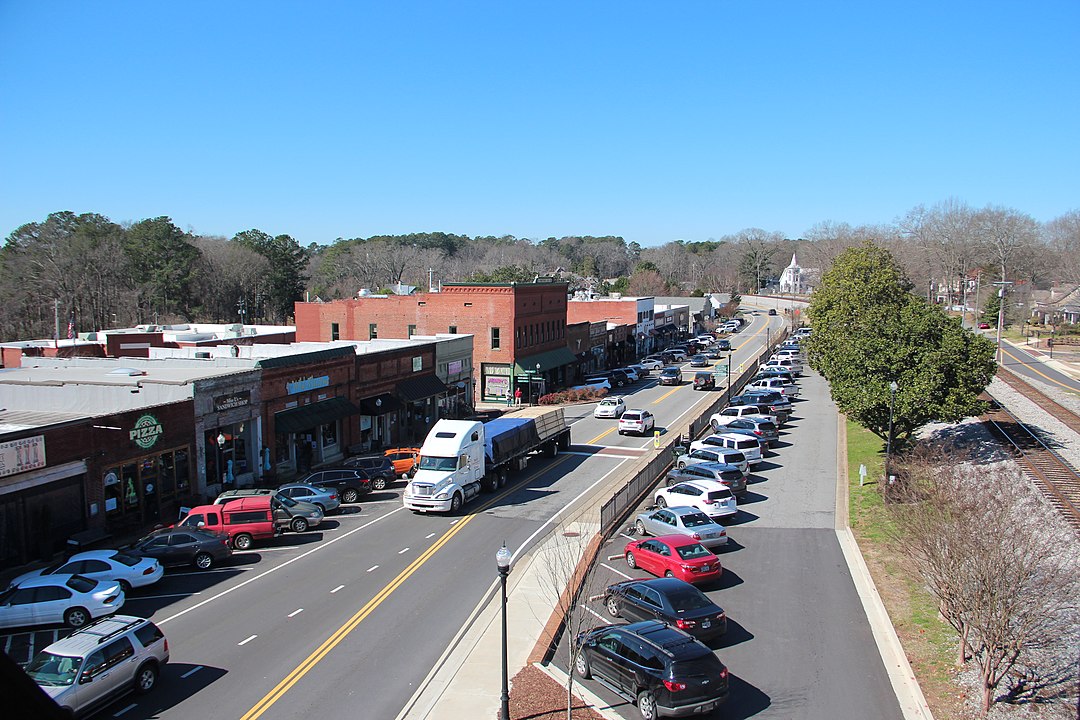
In the realm of financial obligations that come with vehicle ownership, few expenses evoke as much frustration and puzzlement as car insurance premiums. For residents of Georgia, this sentiment rings particularly true, as they grapple with some of the highest car insurance costs in the nation. While the state's picturesque landscapes and vibrant communities may paint an idyllic picture, the reality of navigating its roads comes with a hefty price tag attached. To unravel the mystery behind Georgia's exorbitant car insurance rates, one must delve into a labyrinth of multifaceted factors that contribute to this persistent dilemma.
1. High Incidence of Accidents:
Georgia's bustling roadways, including major interstates like I-75 and I-85, witness a high volume of vehicular traffic daily. Unfortunately, this congestion translates into a higher likelihood of accidents. According to data from the National Highway Traffic Safety Administration (NHTSA), Georgia ranks consistently high in terms of traffic fatalities and accidents. With more accidents occurring, insurance companies are compelled to adjust their rates to mitigate the increased risk, inevitably passing on the cost to consumers.
The prevalence of accidents can be attributed to various factors, including distracted driving, speeding, and impaired driving. Additionally, Georgia's diverse terrain, ranging from bustling urban centers to rural highways, presents unique challenges for drivers, further contributing to the frequency of accidents and subsequent insurance claims.
2. Urban Density and Traffic Congestion:
The Peach State is not just characterized by its scenic countryside but also by bustling urban centers like Atlanta, Savannah, and Augusta. Urban areas typically experience greater congestion and a higher frequency of accidents compared to rural regions. The dense concentration of vehicles navigating through Georgia's urban sprawl contributes significantly to the state's elevated insurance premiums.
Traffic congestion not only increases the likelihood of accidents but also leads to higher levels of wear and tear on vehicles, resulting in more frequent claims for repairs and maintenance. As a result, insurance companies adjust their rates to reflect the increased risk associated with driving in densely populated urban areas.
3. Uninsured Motorists:
Despite mandatory insurance requirements, Georgia contends with a notable percentage of uninsured motorists. According to the Insurance Information Institute, approximately 12% of Georgia drivers are uninsured, ranking the state above the national average. When uninsured drivers are involved in accidents, insured motorists often bear the financial brunt through increased premiums to cover losses.
The presence of uninsured motorists not only raises costs for insurers but also contributes to a culture of risk-taking behavior on the road. This, in turn, can lead to more accidents and higher insurance premiums for all drivers in the state.
4. Severe Weather Events:
Georgia's geographical location renders it susceptible to severe weather phenomena, including hurricanes, thunderstorms, and occasional winter storms. These weather events can result in extensive damage to vehicles, prompting insurance companies to adjust their rates to offset potential claims arising from weather-related incidents.
In addition to physical damage caused by severe weather, disruptions to transportation infrastructure and increased risk of accidents during inclement weather conditions further contribute to the financial burden on insurers and policyholders alike.
5. Legal Environment and Litigation Costs:
The legal landscape in Georgia also contributes to the high cost of car insurance. The state's tort system allows accident victims to seek compensation through civil lawsuits, leading to increased litigation costs for insurers. Consequently, insurance companies may raise premiums to cover the expenses associated with defending against and settling such claims.
Georgia's legal environment, characterized by the prevalence of litigation and high settlement amounts, creates uncertainty for insurance companies and necessitates higher premiums to offset the potential financial risk.
6. Rising Medical Costs:
Medical expenses associated with treating injuries sustained in car accidents have been steadily rising across the nation, and Georgia is no exception. The escalating cost of medical care, including hospitalization, rehabilitation, and ongoing treatment, places additional strain on insurance companies, necessitating adjustments to premium rates to accommodate these expenses.
The intersection of rising medical costs and the prevalence of accidents in Georgia amplifies the financial impact on insurers, leading to higher premiums for policyholders to cover the increased risk of medical claims.
7. Vehicle Theft and Vandalism:
Georgia's urban areas are not immune to property crimes such as vehicle theft and vandalism. The prevalence of such incidents adds to insurers' financial liabilities, prompting them to factor in the risk of theft and vandalism when calculating premiums for policyholders.
While comprehensive coverage can provide protection against theft and vandalism, the higher incidence of these crimes in urban areas contributes to the overall cost of car insurance in Georgia.
Navigating the Road Ahead:
While the reasons behind Georgia's expensive car insurance rates may seem daunting, there are avenues for motorists to mitigate the financial impact. Comparing quotes from multiple insurance providers, maintaining a clean driving record, and exploring available discounts can help individuals secure more affordable coverage. Additionally, advocating for legislative measures to address uninsured motorists and improve road safety initiatives can contribute to long-term solutions.
Conclusion:
In conclusion, the soaring costs of car insurance in Georgia are not simply a matter of happenstance but rather a complex interplay of various factors. From the high incidence of accidents and urban congestion to uninsured motorists and severe weather events, the challenges confronting Georgia's motorists are manifold and multifaceted. Moreover, the legal environment, rising medical costs, and prevalence of vehicle theft and vandalism further compound the financial burden on both insurers and policyholders.
As Georgia continues to evolve and adapt to the evolving dynamics of the insurance industry, there remains hope for a future where car insurance is more affordable and accessible for all residents. By addressing the root causes of high insurance costs and fostering a culture of responsibility and resilience, Georgia can navigate the challenges ahead and chart a course towards a brighter and more prosperous future on its roads.